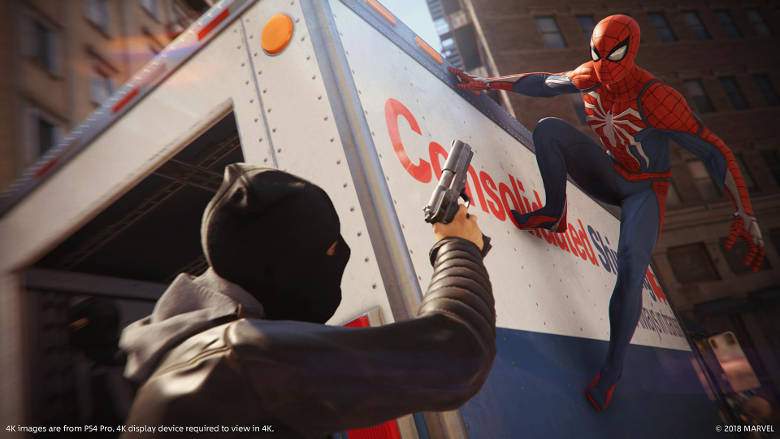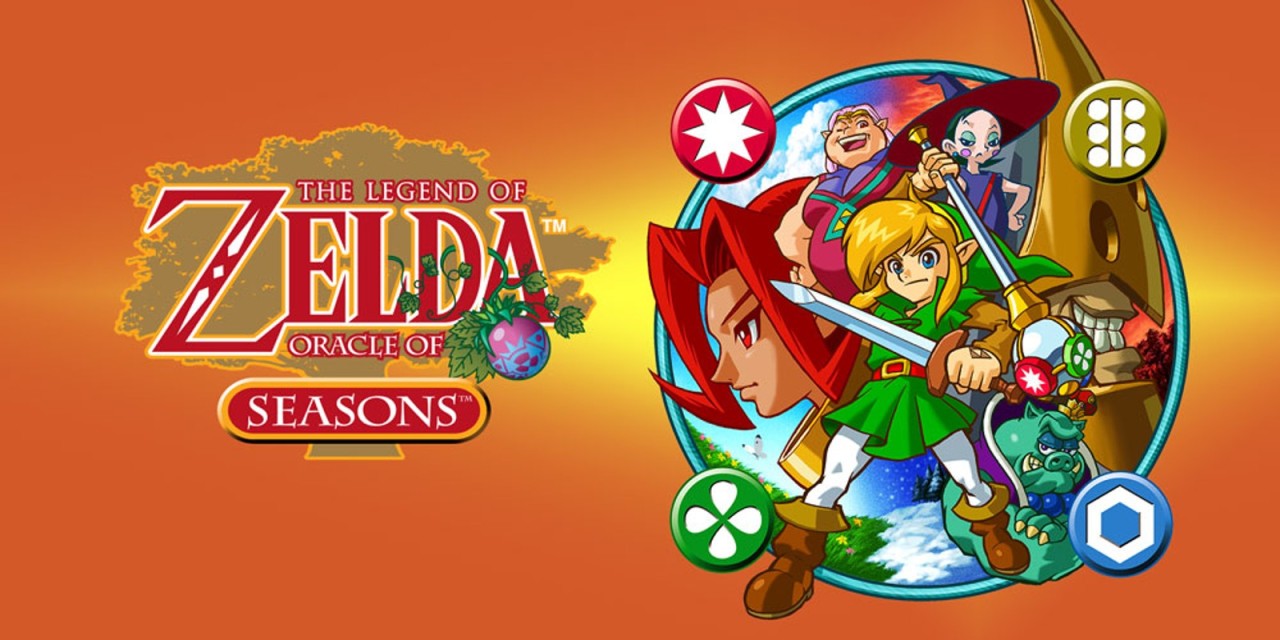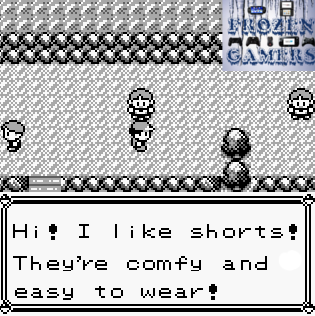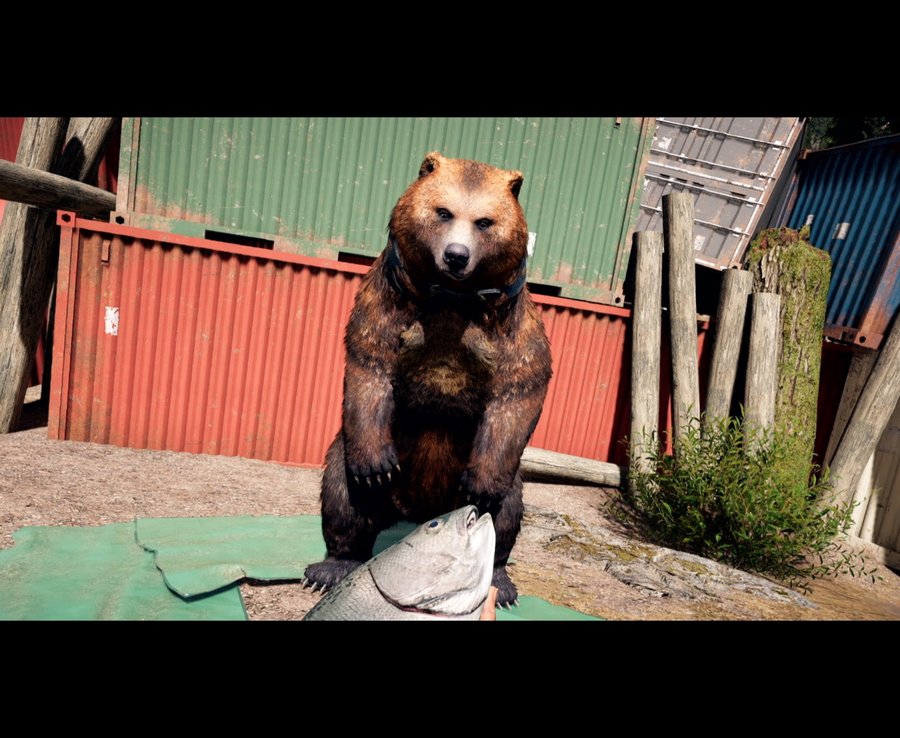
Fans of Spider-Man will be happy to know that the new PS4 game does for their favorite wall-crawler what the Arkham series did for Batman, but hardcore gamers may be disappointed that in terms of groundbreaking gameplay Spider-Man on PS4 doesn’t swing too high above the watermark that Arkham set. The open world gameplay is heavily indebted to open worlds past, specifically those inhabited by Batman, Ubisoft’s many Assassins, and the Infamous gang. Spider-Man‘s Manhattan is littered with colorful icons indicating side missions to delight, distract, and occasionally bore the player. Of course this is all par for the course for the modern open world gamer. What sets Spider-Man apart is the sweet sublime feeling of swinging through the city streets, a kind of divinely relaxing routine that allows the player to forget their worries and get lost in the fun.
The story will be hard to discuss without spoilers, but I’ll try my hardest to keep this review spoiler-free. Suffice it to say that in general, the narrative takes an awfully long time to reach some familiar places, pitting Spidey against supervillains while his alter ego Peter Parker is dealing with guilt, grief and relationship woes. The game opens with Spidey on the verge of a criminal bust after eight years of work. Once a renowned mob boss is in jail, Spider-Man is forced to deal with the power vortex he’s created. A new supervillain rises to power, Mr. Negative, a photo-negative look-alike who can zombify people by unleashing their inherent darkness. This darkness idea isn’t really explored so much as it is shoehorned in amongst all the other madcap nonsense involving Dr. Otto Octavius and Norman Osborne, characters so thoroughly established that they feel like an odd mix of nostalgia and redundancy here. The story isn’t as artfully crafted as the dialogue, and eventually the crime narrative rubber-bands to a rapid conclusion, one feeling a bit short and sluggish. Thankfully the character moments are charming and nuanced enough to counter-balance these flaws.
Underwhelmed by is offerings, I rushed through the story so I could dig into what I cared about the most, swinging around the city and stopping crimes. Once the story is complete you’ll have plenty of time to explore, collect backpacks, try on new super-powered suits, and do whatever a spider can, even though sometimes ‘whatever a spider can’ feels oddly familiar to ‘whatever a bat did yesterday.’ The stealth mechanics aren’t quite as polished as Arkham‘s, but they get the job done. Combat is a bit looser and doesn’t feel as much like a rhythm/puzzle game as Arkham. Once you get a hang of the many different mechanics and how they can be hybridized to create your own natural rhythm, things get fun and fluid. Sometimes you’ll find yourself scrambling for that perfect swing or shot and inadvertently doing something more spectacular than you could have imagined. That moment of discovery and the glee that comes with it is enough to make any comic book fan feel like a kid again.
For the Spidey Squad this game is a clear no-brainer, but for everyone else I’d offer a caveat. Spider-Man feels more like a game that might have been released prior to Breath of the Wild or The Phantom Pain in terms of its workhorse aplomb. It never tries to push any boundaries or exceed expectations. It merely tries to match them and provide a game worthy of the name Spider-Man. By that metric it succeeds, and likely will pave the way for DLC and sequels that push the game engine to exciting new heights.









